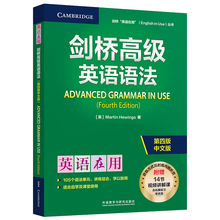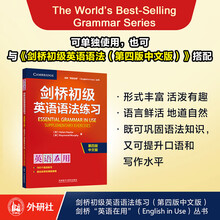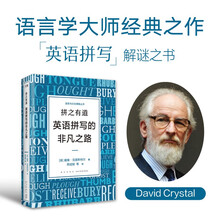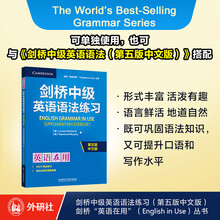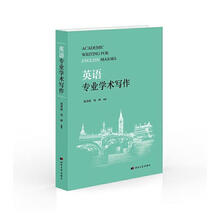Both men were social rebels to some extent. They refused to bow to social conventions and power. Beethoven was a devoted republican. When Napoleon was in power, who claimed to be a defender of re, publicanism, Beethoven admired him so much that he dedicated his Symphony No. 5, the theme of which is heroism, to him. But then Napoleon crowned himself and became an emperor.
Beethoven was so angry that he openly declared that he took back what he had said about Napoleon, regardless of possible persecution. Lennon was also considered a trouble-maker by the authorities because of his support for youth movements. For a time he was not even allowed to give public performances. But he igngred all this and stuck to his belief. As musicians, both men led to great leaps in the history of music Beethovens main contribution to music was his symphonies. It was he who dearly defined the form of symphony and fully developed it which marked the end of the Classical period and the beginning of the romantic period. His nine symphonies, especially No. 5, No. 6, and No. 9, are as highly regarded today as they were 100 years ago.
Lermons achievement was his rock-and-roll music. He and his band, the Beades, successfully combined rhythm and blues with rock music.
展开

